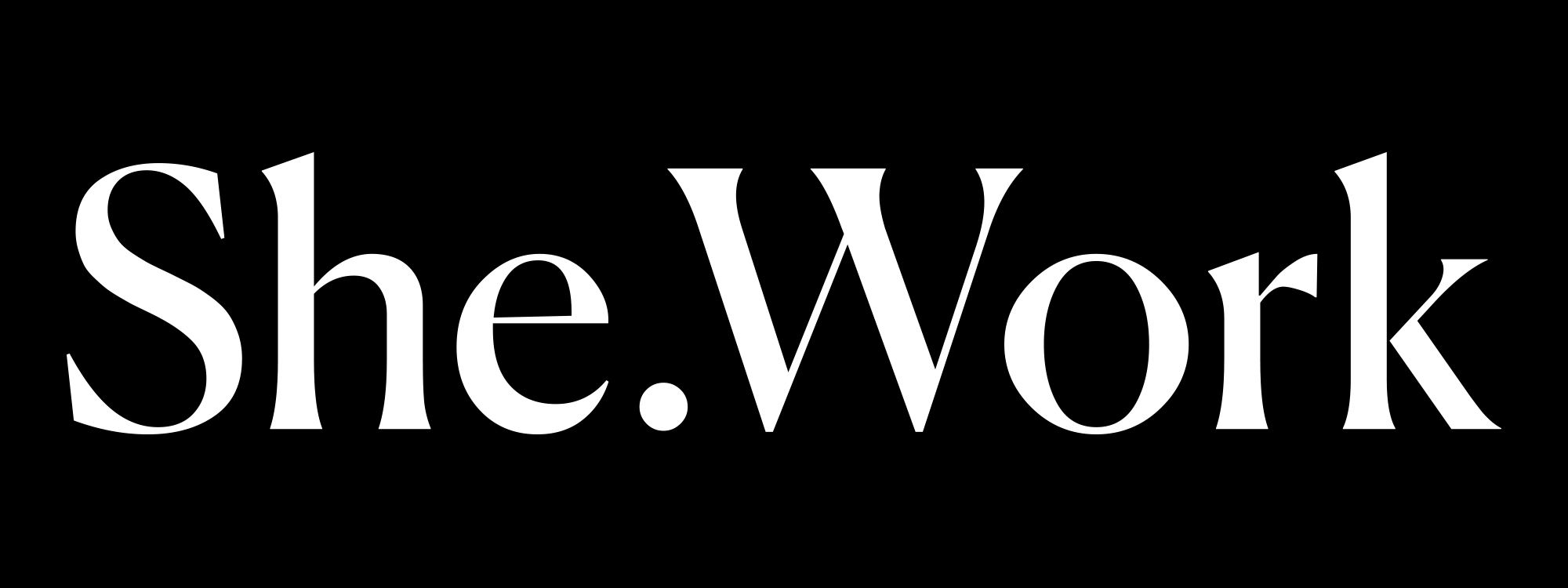Digital exhaustion refers to the mental, emotional, and physical burnout caused by prolonged exposure to screens, virtual meetings, and digital notifications. With the rise of remote work, online collaboration, and social media, many professionals experience constant cognitive overload and fatigue due to the always-on digital culture.
This phenomenon impacts focus, creativity, mental health, and overall job satisfaction. Managing digital exhaustion requires intentional strategies to reduce screen time, set boundaries, and incorporate restorative breaks into the workday.
Signs of Digital Exhaustion
- Mental Fatigue: Difficulty concentrating, brain fog, or decreased problem-solving ability.
- Physical Strain: Eye strain, headaches, poor posture, and disrupted sleep patterns.
- Emotional Burnout: Increased stress, irritability, and a feeling of being overwhelmed.
- Reduced Productivity: Struggling to complete tasks efficiently due to cognitive overload.
- Screen Dependency: Feeling restless without constant digital engagement.
Causes of Digital Exhaustion
- Excessive Virtual Meetings: Back-to-back video calls with little downtime.
- Continuous Notifications: Constant pings from email, Slack, and social media.
- Work-Life Blur: Lack of separation between work and personal life in remote settings.
- Multitasking Overload: Jumping between multiple screens and tasks simultaneously.
- Lack of Digital Boundaries: No clear cutoff times for digital engagement.
How to Manage and Prevent Digital Exhaustion
- Establish Digital Boundaries: Set work hours and turn off notifications outside those hours.
- Take Regular Screen Breaks: Follow the 20-20-20 rule—every 20 minutes, look 20 feet away for 20 seconds.
- Prioritize Asynchronous Communication: Reduce unnecessary meetings in favor of written updates.
- Optimize Your Work Setup: Use blue light filters, ergonomic chairs, and proper lighting.
- Schedule Tech-Free Time: Designate parts of your day for non-digital activities (reading, exercising, or socializing offline).
- Practice Mindful Technology Use: Use tools intentionally rather than mindlessly scrolling.
- Encourage Organizational Change: Advocate for company policies that support digital well-being.
How Companies Can Reduce Digital Exhaustion
- Implement no-meeting days to allow uninterrupted work time.
- Encourage camera-optional policies for virtual calls when video is not necessary.
- Provide mental health support for employees struggling with digital burnout.
- Promote asynchronous work to minimize constant real-time communication.
- Educate teams on healthy digital habits and work-life balance strategies.
In a hyper-connected world, managing digital exhaustion is crucial for long-term productivity and well-being. By setting boundaries, taking mindful breaks, and prioritizing deep work over digital noise, professionals can regain focus and energy.
Remember: Technology should serve you, not control you. Step away, recharge, and reclaim your mental clarity.
✱ If you liked this article, please share it with a friend who could use inspiration.
If you have a topic in mind or a story to share anonymously or with your name, email us at team@she.work
✿ Thank you for reading!
Subscribe to be our bestie, no spam—just good vibes once a month.





